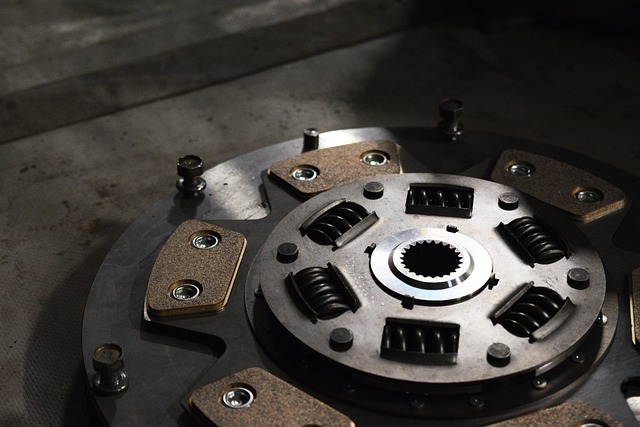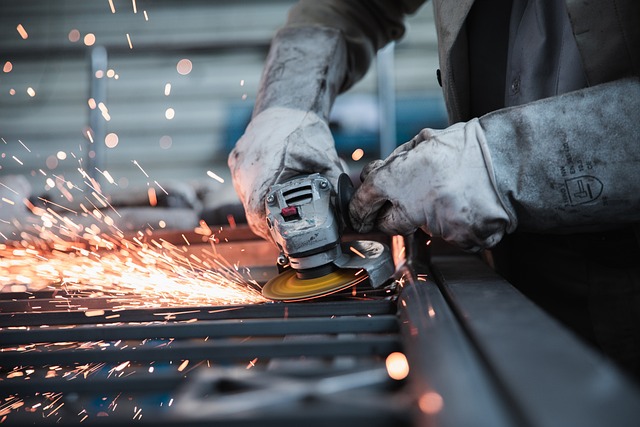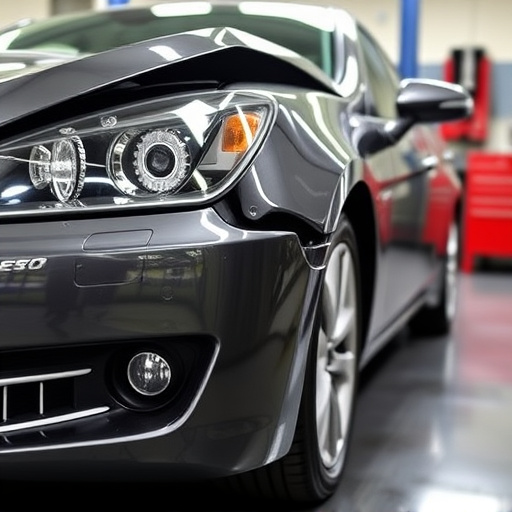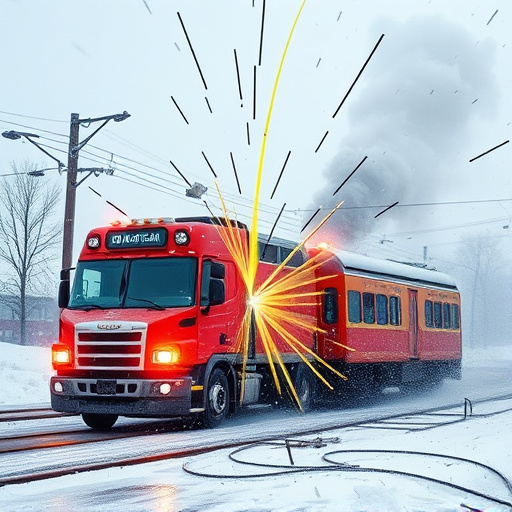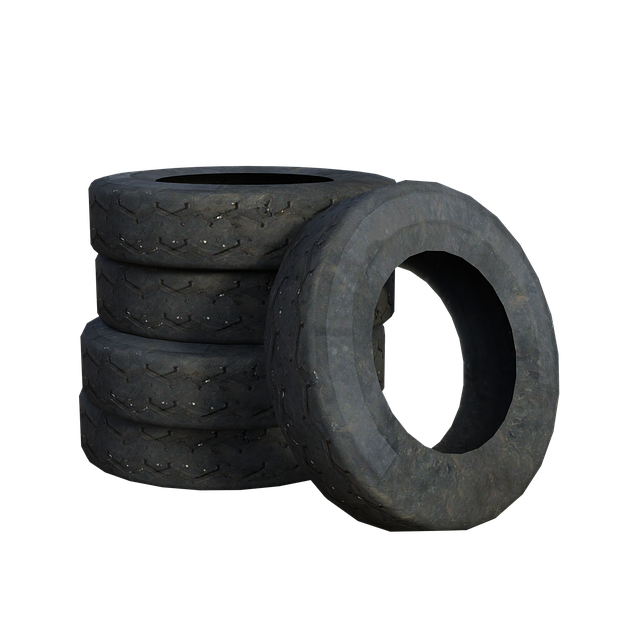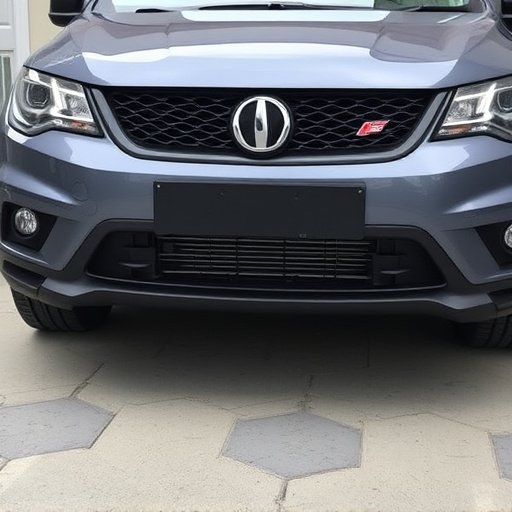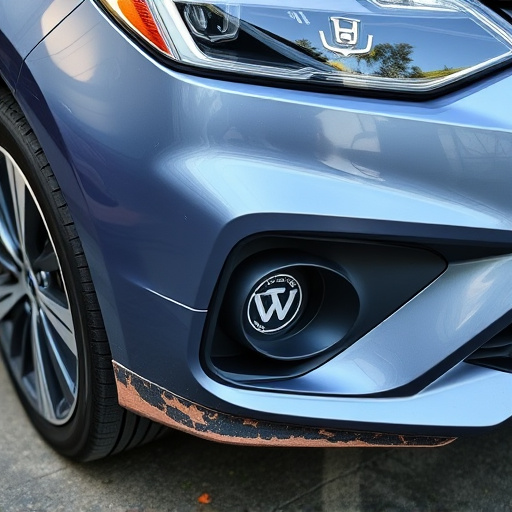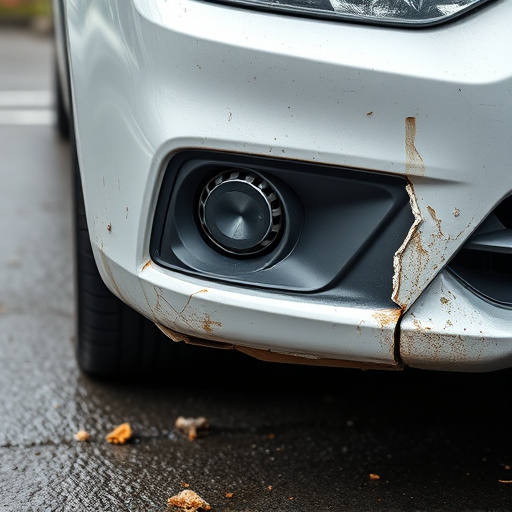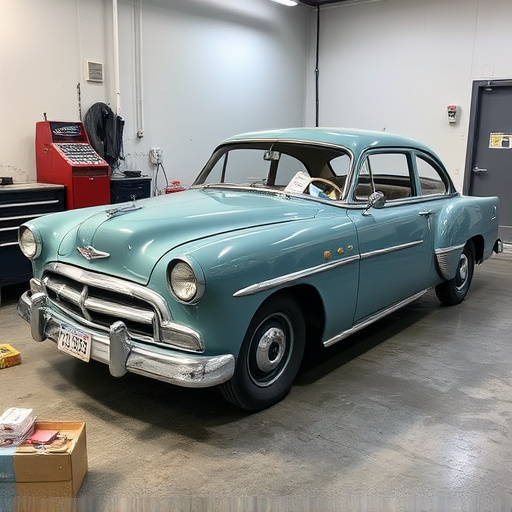Plastic welding technology revolutionizes auto repair and fabrication by enabling technicians to weld diverse materials like polycarbonate and acrylic, expanding job opportunities and catering to the demand for efficient, durable repairs across automotive and non-automotive sectors. It streamlines intricate auto glass repair, reduces material waste, and enhances structural integrity while significantly cutting repair times, making it a crucial skill in collision repair and preservation of classic car history.
In today’s world, where innovation drives progress, plastic welding technology stands as a game-changer for technicians. This versatile process unlocks an array of possibilities, from repairing complex components to manufacturing lightweight, durable parts. By embracing plastic welding, technicians gain access to efficient time and cost savings strategies, revolutionizing their approach to repairs and enhancing overall productivity. This article explores the benefits and techniques, equipping professionals with the knowledge needed to master this modern repair method.
- Unlocking Versatility: Plastic Welding's Reach
- Efficiency Gains: Time and Cost Savings Strategies
- Mastering Modern Repair: Techniques for Technicians
Unlocking Versatility: Plastic Welding's Reach
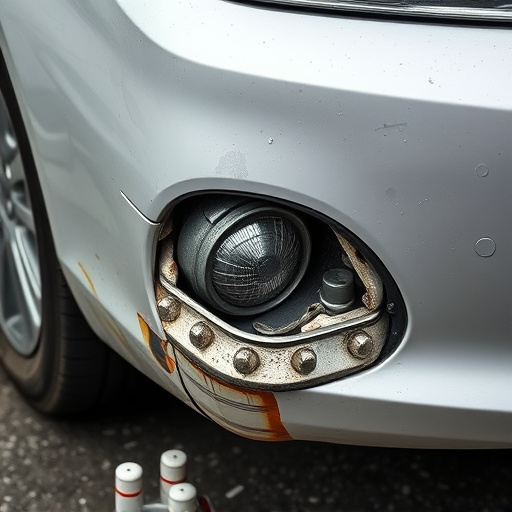
Plastic welding technology has unlocked a world of versatility for technicians across various industries. Its application extends far beyond traditional metal joining, allowing professionals in automotive repair, car repair services, and vehicle body shops to weld an impressive range of materials. This includes not only common plastics like polycarbonate and acrylic but also more specialized varieties used in modern car manufacturing.
By mastering plastic welding technology, technicians gain the ability to repair and restore a diverse array of components, from intricate automotive interior parts to complex geometric structures in industrial machinery. This versatility not only expands job opportunities but also ensures that vehicle body shops can offer comprehensive services, catering to the growing demand for efficient and durable plastic welds in both automotive and non-automotive sectors.
Efficiency Gains: Time and Cost Savings Strategies
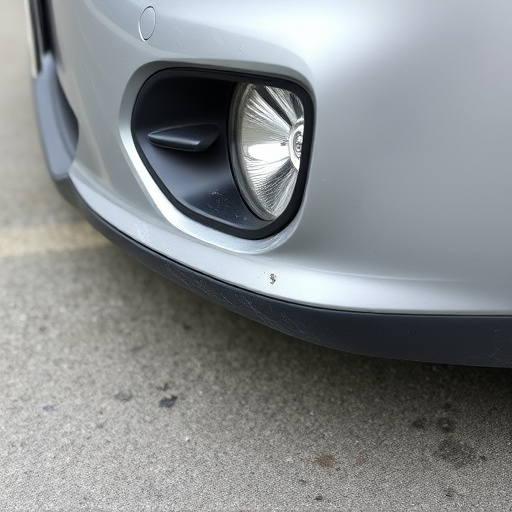
Plastic welding technology offers significant efficiency gains, translating to substantial time and cost savings for technicians. In a collision repair shop or hail damage repair scenario, for instance, traditional methods can be labor-intensive and time-consuming, especially when dealing with intricate auto glass repair tasks. Plastic welding technology streamlines these processes by providing precise, efficient welds that enhance structural integrity while reducing repair times.
By adopting this technology, technicians can achieve faster turnaround times, allowing them to service more clients without compromising quality. Moreover, the cost-effectiveness of plastic welding is notable, as it minimizes material waste and simplifies the overall repair process. This not only benefits auto glass repair and hail damage repair operations but also contributes to a more sustainable and efficient workflow in any industry that relies on precision plastic fabrication.
Mastering Modern Repair: Techniques for Technicians
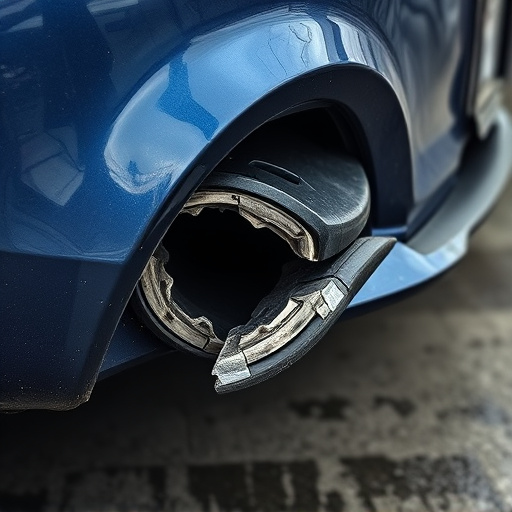
In today’s world, plastic welding technology has become a crucial skill for technicians across various industries. Mastering this modern repair technique offers numerous advantages, especially in the realm of auto glass repair and auto body repairs. With traditional methods, replacing or repairing certain components could be time-consuming and costly, often involving intricate disassembly and complex replacement processes. However, plastic welding technology revolutionizes these processes, allowing technicians to perform precise, efficient, and cost-effective repairs.
For instance, in classic car restoration projects, where every detail matters, plastic welding ensures that original parts can be restored and customized seamlessly. This advanced technique enables technicians to handle a wide range of materials, from modern composite plastics to vintage car components, ensuring longevity and structural integrity. By embracing plastic welding technology, technicians not only enhance their capabilities but also contribute to the preservation of automotive history through innovative restoration methods.
Plastic welding technology is no longer a niche skill but an indispensable toolset for technicians across industries. With its versatility, efficiency gains, and modern repair capabilities, it’s clear why this technique has become a must-have in today’s fast-paced world. By embracing plastic welding, technicians can enhance their productivity, reduce costs, and contribute to a more sustainable future by extending the lifespan of plastic products. Embracing this technology is no longer an option but a necessity for staying competitive and relevant.



